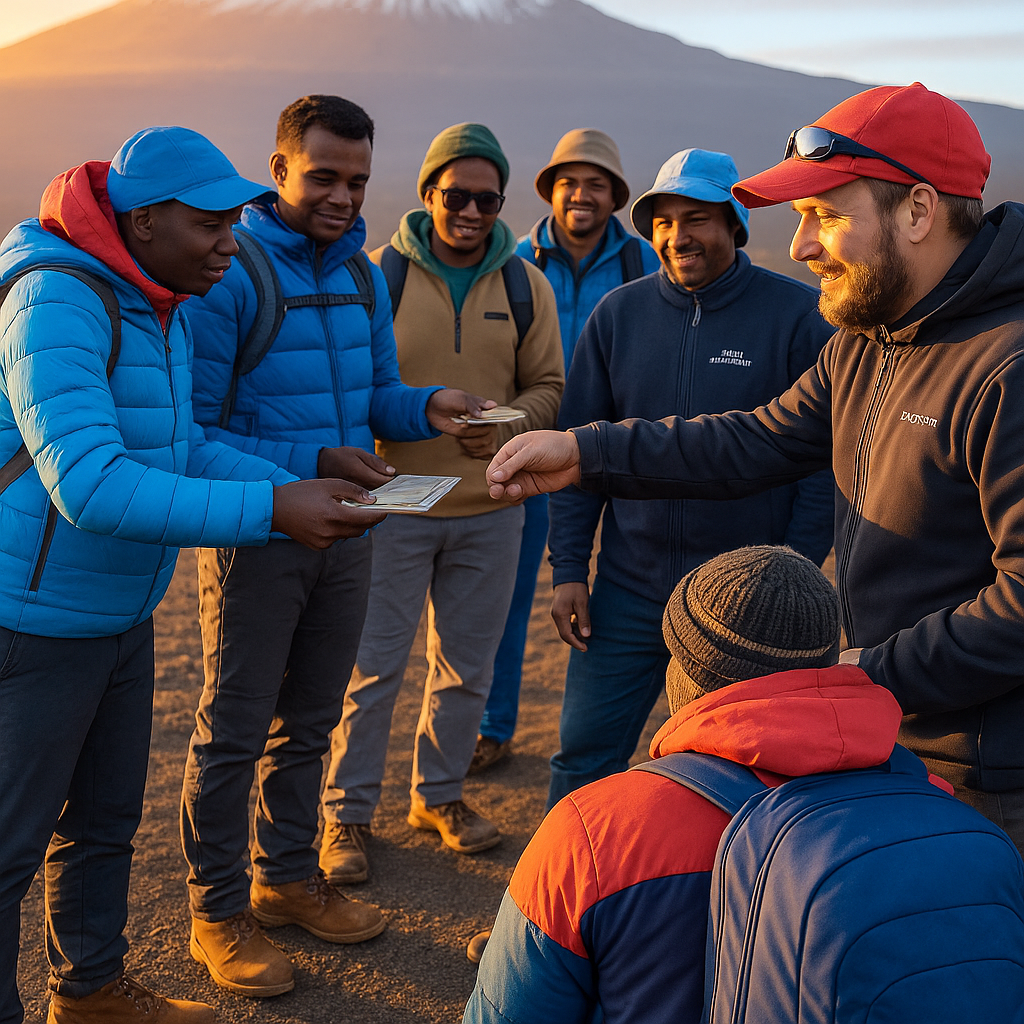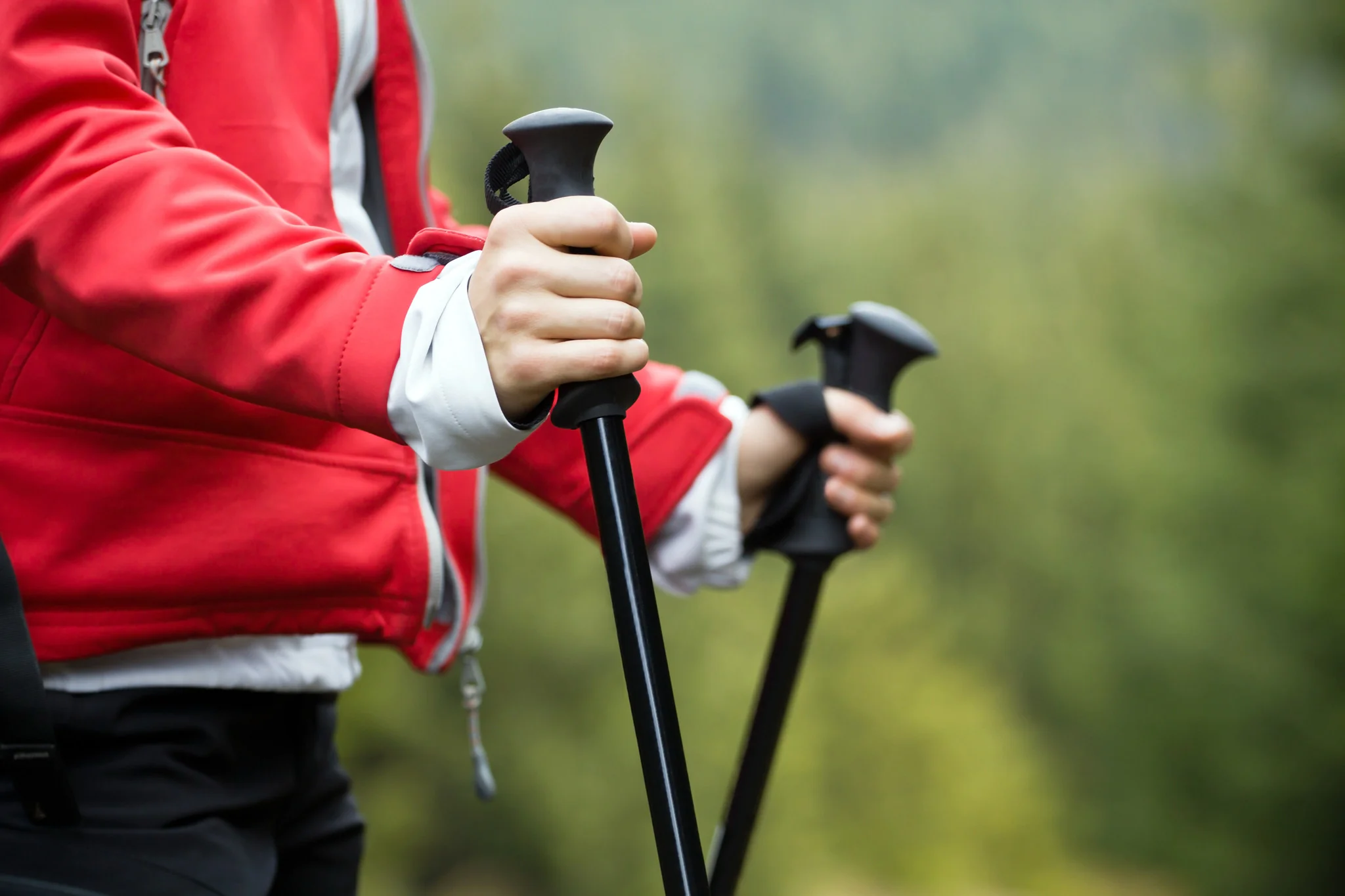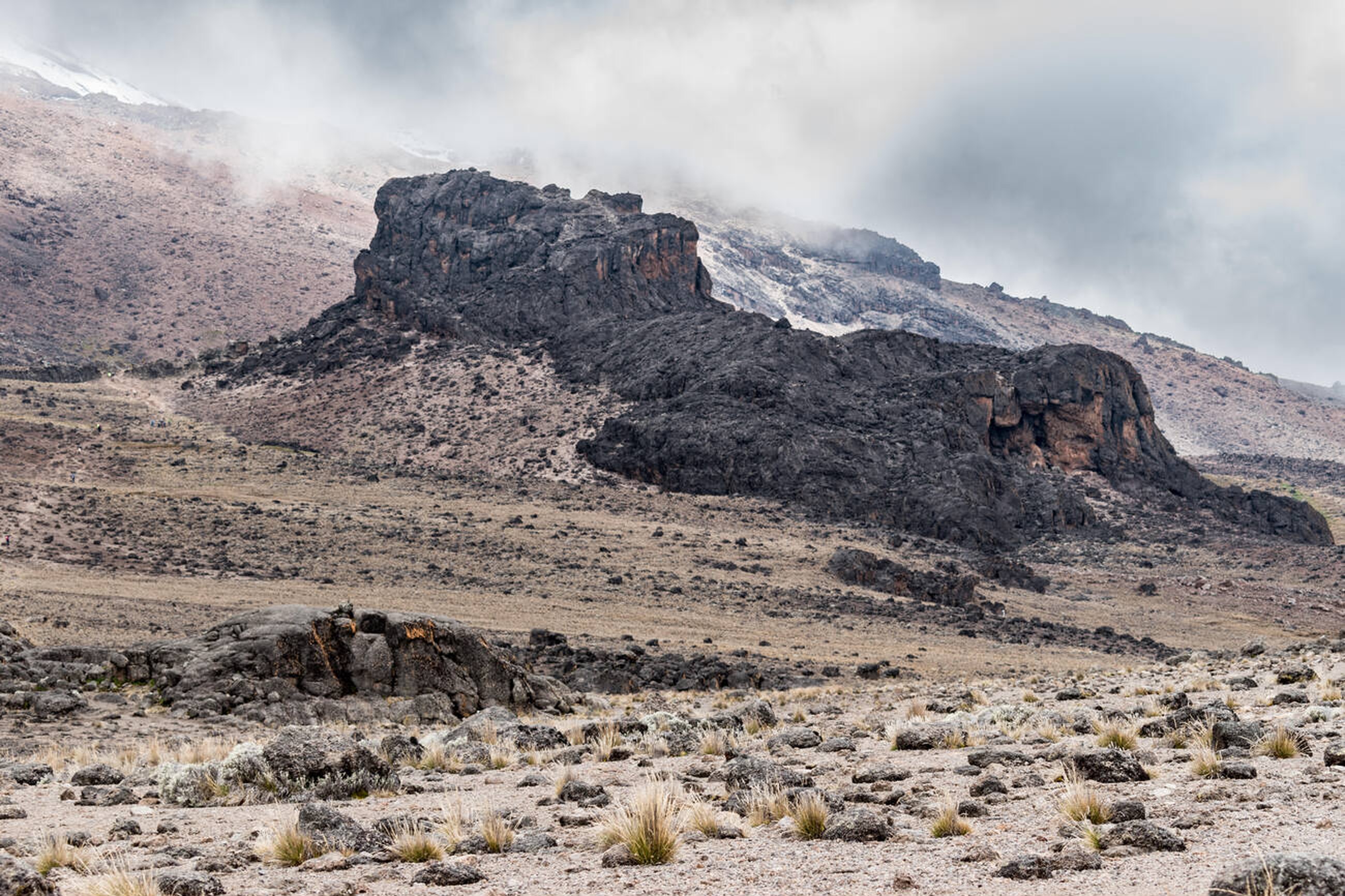Preparing for Kilimanjaro’s Summit
Mount Kilimanjaro (5,895m/19,341ft) is no ordinary trek. As Africa’s tallest peak and the world’s highest freestanding mountain, it demands preparation for its extreme altitudes, shifting ecosystems, and unpredictable weather. Picture waking at 1 a.m. at 15,239ft, sipping hot tea, donning your headlamp, and beginning the sunrise ascent to Uhuru Peak—the Roof of Africa. This transformative journey through five climate zones is exhilarating but challenging. Kilisherpas Travel’s expert guides ensure safety, but the right gear is crucial. Here’s our comprehensive packing list to conquer Kilimanjaro.
Kilimanjaro Packing List: Essentials for Success
1. Clothing: Layer for Versatility
Kilimanjaro’s five ecosystems—rainforest, heath, moorland, alpine desert, and arctic summit—mean temperatures swing from 30°C (86°F) at the base to -20°C (-4°F) at the summit. Pack multifunctional, quick-drying layers:
- Thermal Base Layer: Merino wool tops and bottoms for warmth and moisture-wicking.
- Mid-Layers: Fleece or lightweight insulated jackets for insulation.
- Trekking Pants: Quick-drying, breathable pants (convertible shorts/pants are ideal).
- Sports Bra (Women): High-support for long trekking days.
- Outer Layer: A waterproof, windproof jacket (e.g., Gore-Tex or Windstopper) and waterproof pants. A poncho won’t suffice—wet clothes risk hypothermia.
- Down Jacket: Feather-down for warmth during cold summit nights.
Expert Tip: Layering allows easy adjustments. Merino wool is lightweight, odor-resistant, and ideal for Kilimanjaro’s climate swings.
2. Protect Your Extremities
Heat escapes through your head, hands, and feet, so prioritize:
- Hats: A sun hat or cap for lower altitudes, a beanie for warmth at higher elevations.
- Socks: Thick merino wool or synthetic blends (polyester/nylon) with mid-to-high cushioning.
- Gloves: Fleece or Windstopper gloves for warmth; consider The North Face ETip Gloves for dexterity.
- Buff/Scarf: Multipurpose for sun protection, warmth, or as a handkerchief. A buff is lightweight and versatile.
3. Footwear: Comfort Over Bulk
Kilimanjaro’s non-technical trails don’t require heavy mountaineering boots. With porters carrying most gear, focus on comfort:
- Hiking Shoes/Boots: Choose broken-in, comfortable boots like Asolo TPS 520 for grip and warmth. Lightweight hiking shoes suffice for most routes in dry seasons.
- Gaiters: Optional unless climbing in rainy or snowy conditions. They protect against mud and debris but aren’t needed for crampons, as Kilimanjaro is a walk-up.
4. Technology and Accessories
- Headlamp: Essential for summit night, campsite navigation, and tasks in the dark. Bring extra batteries.
- Trekking Poles: Lightweight models (e.g., Black Diamond Z-Distance) aid stability on ascents and descents, especially summit day.
- Sunglasses: 100% UV-protective, wraparound sunglasses (e.g., Julbo Explorer 2.0) to prevent snow blindness.
- Journal: A notepad and pen to capture Kilimanjaro’s unforgettable moments.
5. Hydration and Storage
- Water Bottles: Carry 2-3 liters (e.g., CamelBak or durable bottles). Hydration is critical to combat altitude sickness.
- Waterproof Bags: Line your backpack with waterproof liners or use Ziplock/garbage bags to keep gear dry.
- Duffel Bag: A 70L bag (e.g., Patagonia Black Hole) for porters to carry your main gear. Ensure it’s durable and waterproof.
- Daypack: A 20-30L backpack for daily essentials (water, snacks, layers).
6. Sleeping Gear
- Sleeping Bag: A warm, high-quality bag like the K-Way Expedition Series Kilimanjaro 3 Thermashift, tested for sub-zero temperatures.
- Sleeping Pad: Provided by Kilisherpas Travel, but confirm thickness for comfort.
7. Health and Safety
- Mask/Bandana: An N95+ mask for travel/COVID-19 protection; a bandana or buff for warmth and sun protection.
- Sunscreen: SPF 40+ to combat intense UV rays at high altitudes.
- Travel Insurance: Essential for medical emergencies and evacuations.
8. Battery Chargers
- Power Bank: Solar or portable chargers for phones/cameras. Read our blog on battery chargers for options, as outlets are unavailable on the mountain.
Choosing the Best Gear Brands
Invest in reliable brands for durability:
- Clothing: The North Face, Patagonia, Arc’teryx for jackets and layers.
- Footwear: Asolo, Salomon, or Merrell for boots/shoes.
- Accessories: Black Diamond (poles), Julbo (sunglasses), CamelBak (hydration).
How Big of a Backpack Do You Need?
Your daypack should hold 20-30L to fit water (2-3L), layers, snacks, and personal items. A 70L duffel bag is ideal for porters to carry your main gear, adhering to KPAP weight limits (20kg max).
Why Pack Smart with Kilisherpas Travel?
Kilimanjaro is a strenuous ascent, not a casual hike. Packing warm, dry, and versatile gear ensures comfort and safety. Kilisherpas Travel supports you with:
- Expert Guides: WFR-certified, conducting twice-daily health checks.
- Ethical Operations: KPAP-compliant, ensuring fair porter wages and conditions.
- Safety: Oxygen, Gamow bags (premium trips), and helicopter evacuation partnerships.
- Experience: 20,000+ safe ascents since 2021, with a 95%+ summit success rate.
Conclusion: Gear Up for the Roof of Africa
Think warm, dry, and multifunctional. From merino wool layers to a reliable headlamp, the right gear prepares you for Kilimanjaro’s challenges. With Kilisherpas Travel, you’ll climb with confidence, supported by our expert team and ethical practices. Don’t forget travel insurance to cover emergencies.
Ready to summit Kilimanjaro? Contact Kilisherpas Travel to book your adventure or explore our hiking tours to learn why we’ve led climbers for over a decade. Share your packing tips or questions in the comments!


